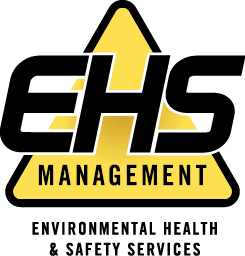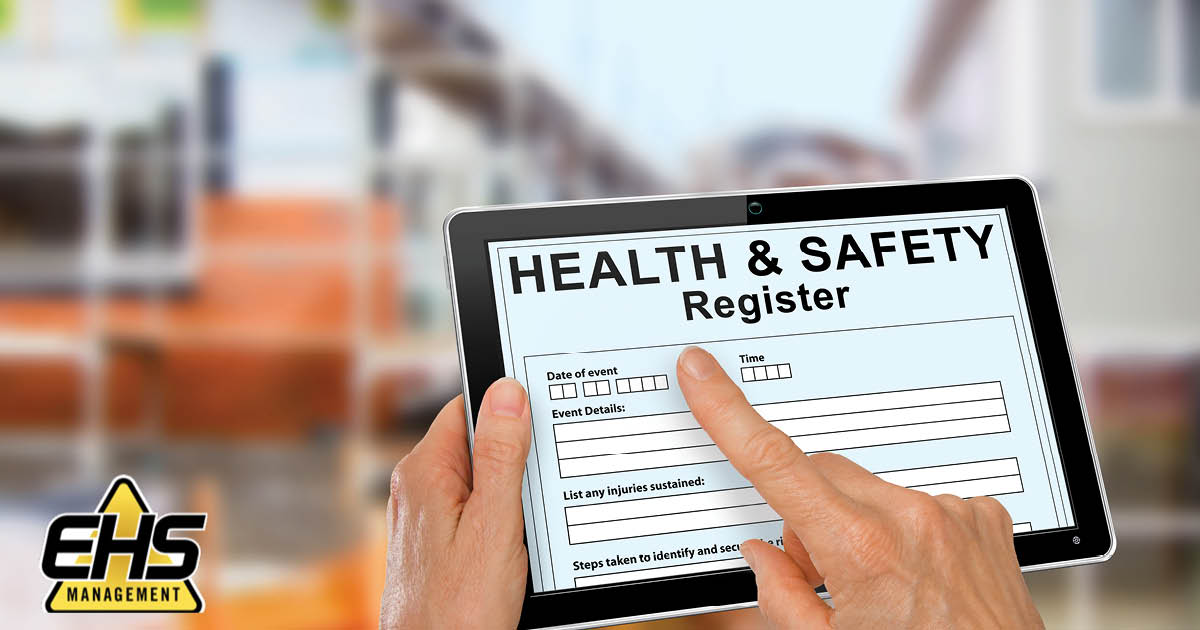The Occupational Safety and Health Administration (OSHA) allows businesses to submit their workplace injury data electronically via the OSHA VPP (Voluntary Protection Program) website. While using this program may seem like a no-brainer, many companies are hesitant to hand over that much confidential data to another organization. Understandably, many businesses don’t want to give away important information about their employees and practices, so let’s go over what OSHA’s Tracking Application is, how you can use it to improve your company’s safety practices, and whether or not you should sign up for an account.
What Is OSHA’s Tracking Application?
The occupational injury and illness tracking application is used to submit workplace injury data to OSHA. Data from this form goes directly into OSHA’s database, which is used to compile injury and illness statistics for businesses in every industry. The application will collect information about the injury, the employee’s role in the incident, and any actions taken by the company to prevent future accidents. This information is crucial for OSHA’s statistics, which provide insight into workplace safety practices across the country.
Why Use OSHA’s Tracking Application?
OSHA’s injury tracking application is free to use and allows companies to submit their data instantly. This means that your injury statistics will be available to OSHA and the public in much less time than if you mailed it in. Electronic submission is also quicker than mailing data and it also cuts down on human error. When you use OSHA’s tracking application, you don’t have to worry about typos, data entry errors, or misplacing paper copies. And, since OSHA’s system is password-protected, the only people who see your information are those authorized to do so.
How to Use OSHA’s Tracking Application
If you decide to use OSHA’s tracking application, the process is pretty straightforward. If you’re an existing VPP participant, you can log in to your account and submit data from there. If you’re not a VPP participant, you’ll have to create an account first. If you choose to create an account, you’ll have to provide some basic information such as your name, address, and contact information. You’ll also be required to select a security question and answer that can be used to verify your identity if OSHA ever contacts you. Overall, creating an account with VPP will allow your organization to aid in finding best practices in your industry for safety standards and make an impact on employee safety.
Should You Sign Up for an Account?
There are plenty of pros to using OSHA’s tracking application. But, there are also some cons to keep in mind before you start the sign-up process. First, OSHA’s tracking application is only available to companies in VPP. So, if you aren’t already enrolled in VPP, you won’t be able to use this system. You also have to consider that, by using OSHA’s system, you’re giving up some degree of confidentiality. This means that your competitors could theoretically see parts of the injury information you’re putting in the system. But, the benefits of using this system far outweigh the cons and help you keep track of reported injuries – all while making a positive impact on workplace safety across your industry.
Final Words: Is Using OSHA’s Tracking App Right For Your Company?
If you’ve read this article looking for reasons to use OSHA’s tracking application, we hope you’ve found them. And, if you’ve read this article looking for reasons not to use OSHA’s tracking application, we hope you’ve found some of those, too. Regardless of where you stand on this issue, one thing is certain: since recording workplace injury information is already required, OSHA’s injury tracking application can be an incredibly valuable tool. If you’re still on the fence give us a call and we’d be happy to talk through your concerns.

